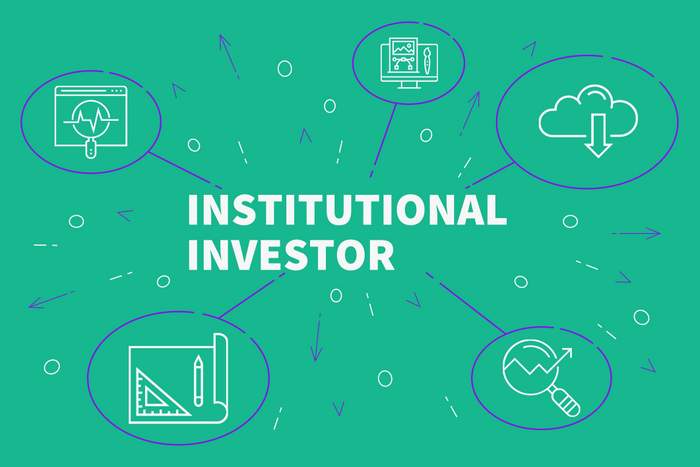As solar becomes a top energy source for electricity generation in the U.S. and Europe, and capital costs to install renewable energy decline, institutional investors are starting to take notice. Renewable energy technology – and solar in particular – has made exponential gains in efficiency in recent years, enough to achieve economic competitiveness and, in an increasing number of cases, grid parity.
Back in 2016, the World Economic Forum reported that among the top 500 asset owners – including foundations, pensions and endowments – only 0.4% of total assets under management were identified as low-carbon investments. Four years later, persistent low interest rates are sparking a change:
Institutional investors are looking to non-traditional income sources such as private credit – specifically, direct lending – to generate ongoing steady returns for their portfolios.
In addition to providing an investment alternative to public bonds, which deliver too low of a yield, solar investing may also help some institutional investors meet environmental, social or governance (ESG) investment mandates.
For companies in the business of financing solar projects, this capital reallocation is good news. Partnering with large investors for direct loans or acquisition financing will increase their capacity to finance more projects.
While these trends point to greater involvement from large investors, identifying the right institutional financing partner can be challenging. How do you find the right investor for your project or platform? What kind of due diligence is required? How do you manage all the moving parts involved in getting non-disclosure agreements (NDAs) and term sheets?
Here are three important considerations for companies seeking institutional investor financing.
1. Diversify your investment partners
Institutional investors are already receptive to private credit investments such as pools of solar loans and leases. The real challenge is ensuring you have a set of partners who meet your financing needs.
Most institutional investors have strict investment criteria and mandates. They may have minimum return thresholds or be restricted to investing in the top of the capital structure (just senior, rather than junior or subordinated debt). They could have geographic limitations (U.S. only). Or, they may have concentration limits whereby they are not allowed to invest more than a certain percentage of their fund’s capital in a single transaction.
Because of these limitations, it’s important to identify a set of diverse investors to work with, to ensure you have ready access to capital when you need it.
2. Get your due diligence ducks in a row
Institutional investors looking to make credit facilities available to solar finance companies to finance their portfolios have a detailed set of criteria they review and consider before investing.
To start, investors analyze the company’s origination strategy and historical performance as well as financials, debt obligations and corporate governance procedures. They also examine the company’s management, three-year business plans, collection systems and vendors, processes for handling delinquent accounts and potential future risks to the operating environment and competitive position.
To prepare for this kind of scrutiny, it’s critical to gather the data and documents to speed up the due diligence process.
When preparing your materials for review by a prospective investor, it’s important to recognize that, from an institution’s perspective, solar finance is a new asset class with a short track record. You’ll want to show how your underwriting criteria is standardized, and how you are leveraging local/state regulation and tax rules.
To showcase the attractiveness and risk profile of your opportunity, compare your historical performance to asset classes that are better known to institutional investors, for instance, investing in infrastructure projects such as roads, bridges or airports.
3. Bring all parties together with the right support
Negotiating a credit facility with an institutional investor is not as simple as having a conversation, receiving a term sheet and signing. Direct lending deals are complicated and take time: many parties must come together – including the lender, investor, attorneys, vendors and custodians.
Ideally, you’ll want to lock down NDAs with multiple institutions, so that part of the process is complete. More term sheets will give you more negotiating leverage, so you can secure better deals for your businesses as needs arise. There are companies and platforms specifically suited to streamline this process.
Investing in solar financing companies presents a sizable investment opportunity for institutions in an underpenetrated asset class. Solar finance companies looking for direct loans must present themselves to an investment team in a way that makes their risk and credit profiles clear.
As renewable energy continues to gain momentum, finance companies that streamline all the processes necessary to get these deals done and act as connectors to the institutional investors and solar lenders will be in high demand.
Jon Barlow is the founder of CEO of Finitive, a private credit marketplace that connects institutional investors with non-bank lenders.
— Solar Builder magazine

Leave a Reply
You must be logged in to post a comment.